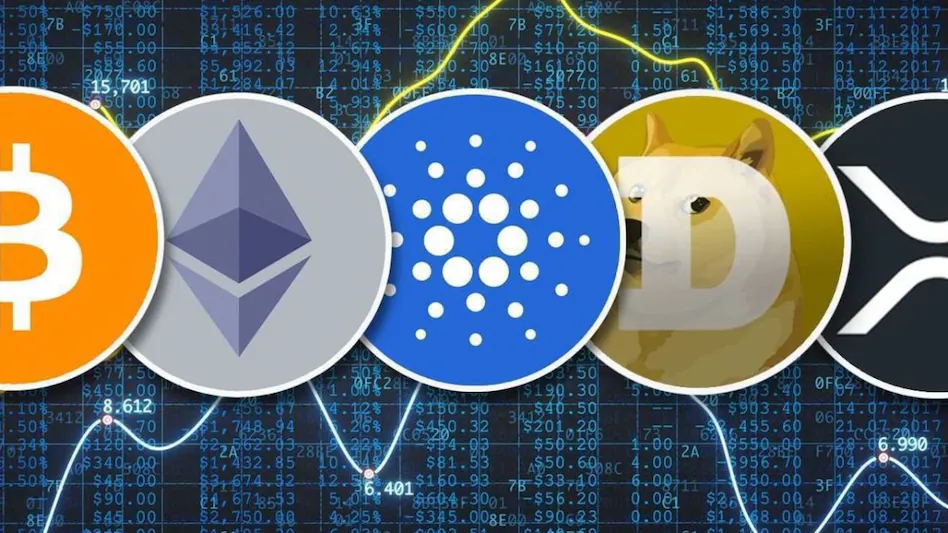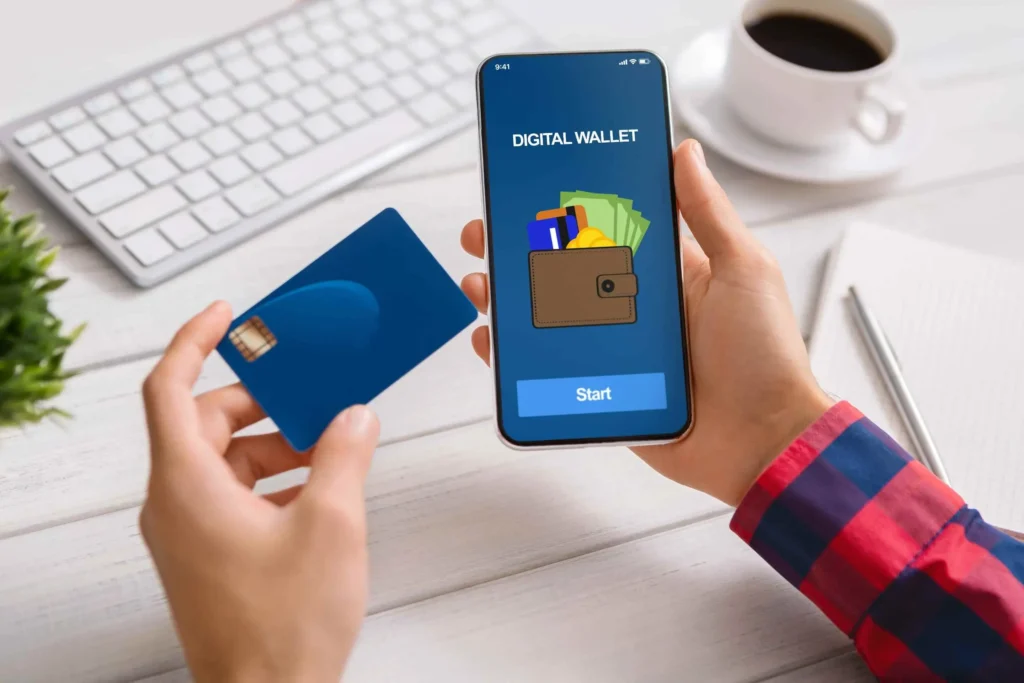Can You Really Tokenize Real Assets? Let’s Bust the Myths
October 22, 2024

Can You Really Tokenize Real Assets? Let’s Bust the Myths
If you’ve spent more than five minutes in a Web3 forum or crypto panel, you’ve heard the term “tokenizing real assets.” Maybe you rolled your eyes. Maybe you thought it was just another blockchain buzzword. Or maybe — and let’s be honest — you wondered if it’s even real.
It’s time to bust some myths and clear the air. Because whether you’re skeptical, curious, or just confused, the idea of turning physical stuff — like real estate, art, or even whiskey — into digital tokens isn’t science fiction anymore.


Let’s break it down.
Myth #1: Tokenizing Real Assets Is Just Fancy Crypto Talk
Truth: Nope. Tokenizing real assets means creating a digital representation — or “token” — of ownership in a real-world item. Think of it like a share in a company, but for a building, a bar of gold, or a wine collection.
These tokens live on the blockchain, are often divisible, and can be traded. It’s not hype. It’s already being done — in real estate, fine art, and even precious metals.


Myth #2: You Need Millions to Get Involved in Tokenizing Real Assets
Truth: That’s old-world thinking. One of the biggest advantages of tokenization is fractional ownership. Instead of needing $500K to buy an apartment, you might invest $5K — or even less — and own a piece.
This opens up access to asset classes that were once reserved for the ultra-wealthy. Tokenization could be a major step toward democratizing investment.
Myth #3: It’s All Talk, No Action
Truth: Look around — tokenization is already happening. Examples?
- Properties in New York, Berlin, and Dubai have been tokenized and sold to multiple investors.
- Gold vaults in Switzerland are backing blockchain-based tokens.
- Banksy prints, casks of whiskey, and even carbon credits are being turned into tradable digital assets.
This isn’t a theoretical concept. It’s live and in-market.


Myth #4: Tokenizing Real Assets is 100% Secure and Foolproof
Truth: Let’s pump the brakes. Tokenizing assets comes with real challenges.
- Trust: How do you know the token truly represents the asset? Is there a legal framework or custodian? Sometimes yes. Sometimes… not so clear.
- Regulation: In many places, tokenized assets fall into legal gray zones. Securities laws, compliance rules, KYC — it’s all in flux.
- Tech barriers: If you’re not familiar with wallets, private keys, and smart contracts, it can be overwhelming.
In other words: cool idea, but still very much a work in progress.


Myth #5: It’s Just a Trend That’ll Fade
Truth: Tokenizing real assets isn’t just a passing crypto phase. It’s part of a larger shift toward digitizing how we own, trade, and access physical value.
Think about how music, news, and money have gone digital. Now ownership itself is being reimagined.
Sure, not every project will succeed — and some are straight-up scams. But the broader movement? It’s not going anywhere.


So… Should You Care?
If you’re into investing, tech, or just new models of ownership — then yes, absolutely. Tokenization could unlock access to wealth-building tools that were once locked behind legal red tape and huge financial barriers.
But don’t be naïve. Do your homework. Read the fine print. Ask the hard questions. This space is full of potential — and just as full of risk.
Final Thought: Tokenization Is Real — But It’s Not a Magic Wand
Can you tokenize a real asset? Yes.
Is it easy? Not really.
Is it going to change the way we think about investing? Almost certainly.
So next time someone tells you they bought “a piece of a hotel on the blockchain,” don’t dismiss it outright. Ask how it works. You might be surprised — and you might just be next.
And hey, that old Rolex you never wear? Don’t be shocked if someone offers to tokenize it someday.
Relevant Link : Here

